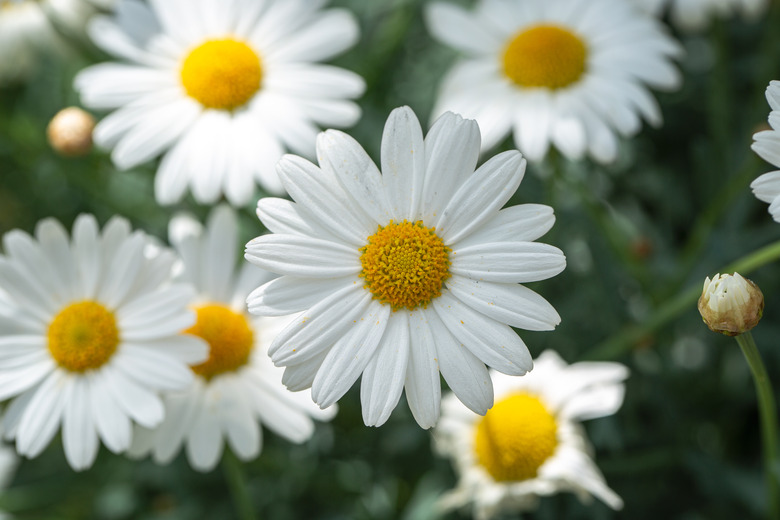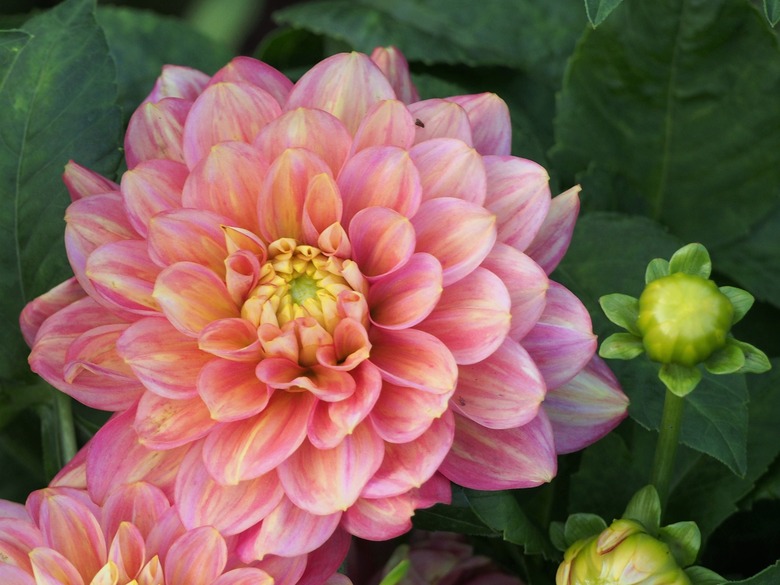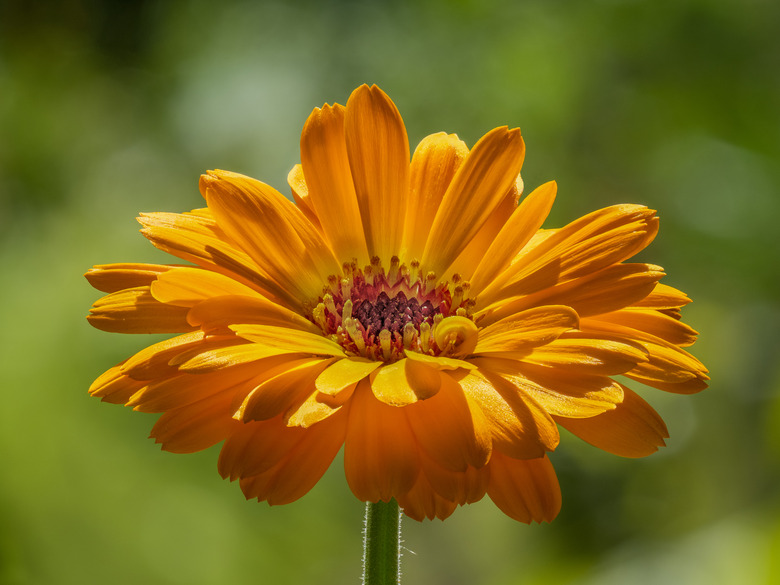What Flowers & Plants Come Back Every Year?
Flowers that survive for three years or more are known as perennials, and they range from woody plants like trees and shrubs to herbaceous species to bulbs.
Plants that live for one year, or one growing season, are known as annuals. Some annuals, however, are among the flowers that come back every year due to their ability to re-seed.
Types of Perennial Plants
Some perennials can live for 20 years or more. Others survive for just a few years and are referred to as short-lived perennials. It is important to note that perennials only regrow within their hardiness range, which is determined by the lowest temperatures the plants can tolerate.
Tip
While all perennials survive for three more or growing seasons, some are much more long-lived than others. Consider this when choosing perennials for your garden.
Herbaceous Perennials
Herbaceous perennials are those that lack the woody tissue found in trees and shrubs. The tops of these plants die each year after the growing season, then regrow from roots and crowns that survive over the winter, making them hardy perennials.
A benefit of perennials is that they do not need to be re-planted each year, although they do require more maintenance, including pruning and rejuvenating by digging them up, separating them into smaller plants, and transplanting.
Examples of perennial flowers that grow back every year include hostas (Hostas spp., zones 3 to 8) which are popular for shady areas. They are grown for their attractive foliage as well as for their blooms, which come in shades of white and purple.
The black-eyed Susan (Rudbeckia hirta, zones 3 to 7), an iconic wildflower native to the central U.S. that features yellow petals around a chocolate-colored center, is another herbaceous perennial. Petunias (Petunia spp., zones 10 to 11) are an example of tender perennials, which means they cannot survive freezing temperatures.
Tip
Perennial plants that cannot survive freezing temperatures are referred to as tender perennials. Those that can survive winter freezes are known as hardy perennials.
Bulbs
Some perennial plants that come back every year grow from fleshy underground storage organs known collectively as bulbs. Each year at the end of the growing season, these plants go dormant and the tops die back. The plants grow and flower again the following year.
Plants that grow from bulbs usually need to be divided periodically. Examples of true bulbs include tulips (Tulipa spp., zones 3 to 8) and daffodils (Narcissus spp., zones 4 to 8). Dahlias (Dahlia spp., zones 7 to 10) grow from a different kind of bulb-like storage organ known as a tuber.
In places where they are not winter-hardy, tender bulbs can be dug up in the fall, overwintered indoors and replanted in the spring.
Do Annual Flowers Come Back?
Flowering plants that complete their life cycle in a single growing season are known as annuals. Zinnias (Zinnia spp.) are an example of an annual plant. While many annual flowers are easy to grow, they need to be replanted every year, which can be time-consuming.
Self-Seeding Annuals
In some cases, however, annuals are self-sowing, which means they scatter their seed naturally before they die at the end of the growing season. The seeds germinate in the spring for a new display with less hassle. In some cases however, these self-seeding annuals can also become weedy and even invasive, precisely because of how easily they self-seed.
Warning
Some self-seeding annual flower species can become weedy and invasive due to the extent to which they scatter their seeds.
Examples of self-seeding annuals include cosmos (Cosmos spp.), which have flowers that resemble daisies and come in a wide range of colors. The pot marigold (Calendula officinalis) is another popular self-seeding annual, as is nasturtium (Tropaeolum majus).
References
- Iowa State University Extension and Outreach: Yard and Garden: Different Types of Perennials
- University of New Hampshire Extension: Which Annual Flowers are Self-Sowing?
- Utah State University Yard and Garden Extension: Cosmos in the Garden
- Alabama Cooperative Extension Service: Herbaceous Perennials in Alabama
- Missouri Botanical Garden: Rudbeckia hirta
- Clemson Cooperative Extension: Hosta
- Brookyln Botanic Garden: How to Grow Self-Sowing Annuals
- San Joaquin UC Master Gardeners: Annuals, Biennials, Perennials: What's the Difference?
- University of Illinois Extension: Bulb Basics
- Missouri Botanical Garden: Tulipa (group)
- Missouri Botanical Garden: Narcissus (group)
- Missouri Botanical Garden: Dahlia (group)
- PennState Extension: Plant Life Cycles
- Missouri Botanical Garden: Zinnia (group)
- Missouri Botanical Garden: Petunia (group)



